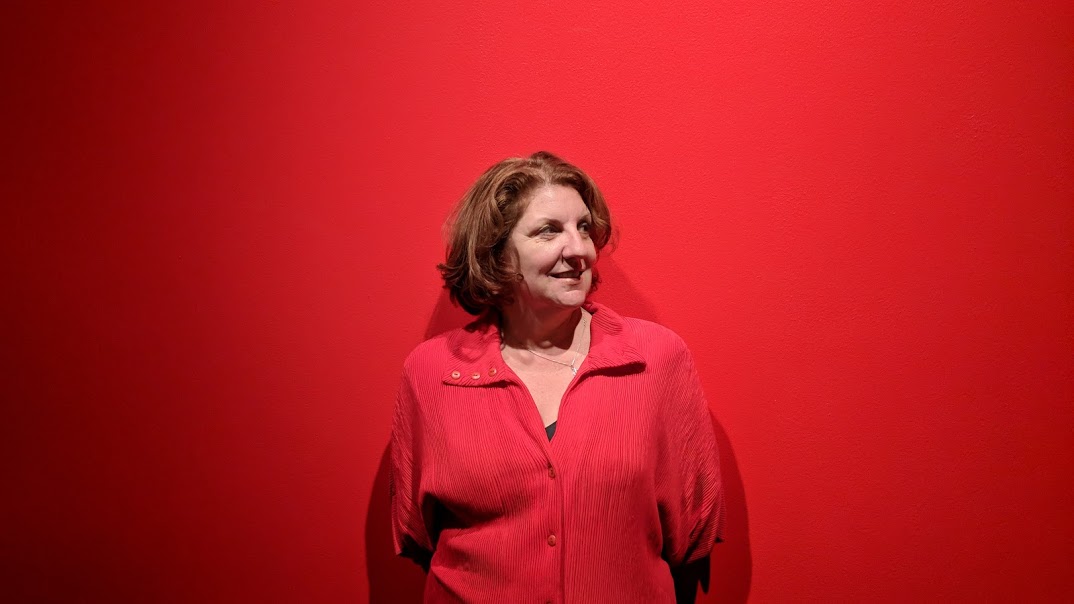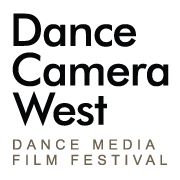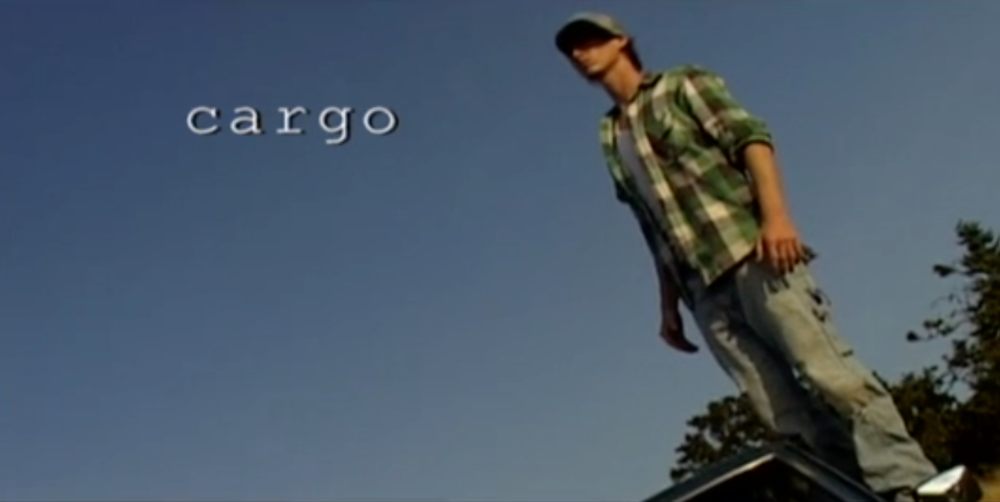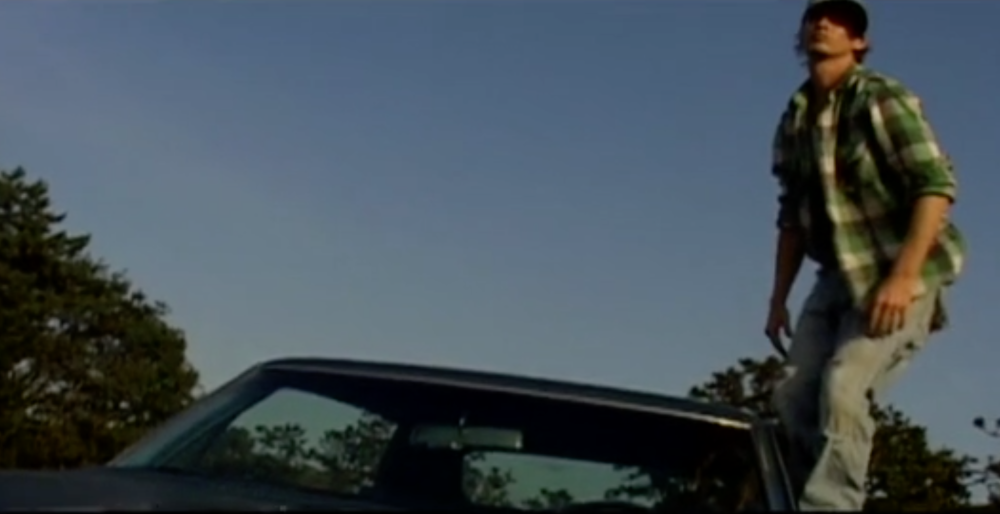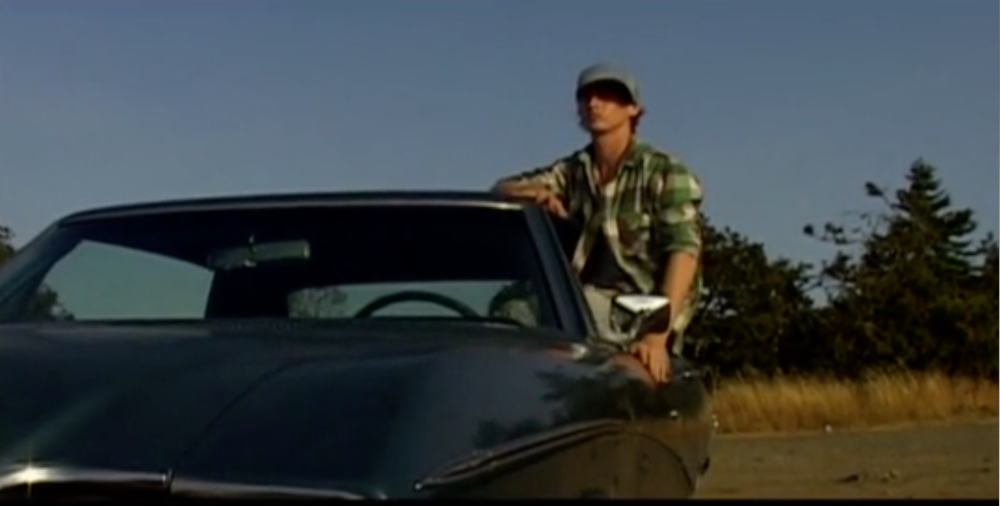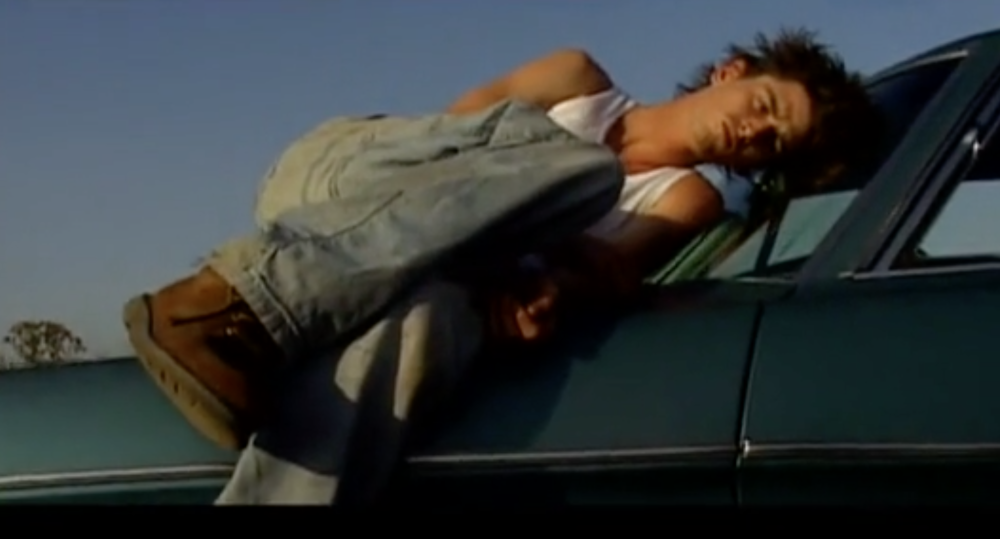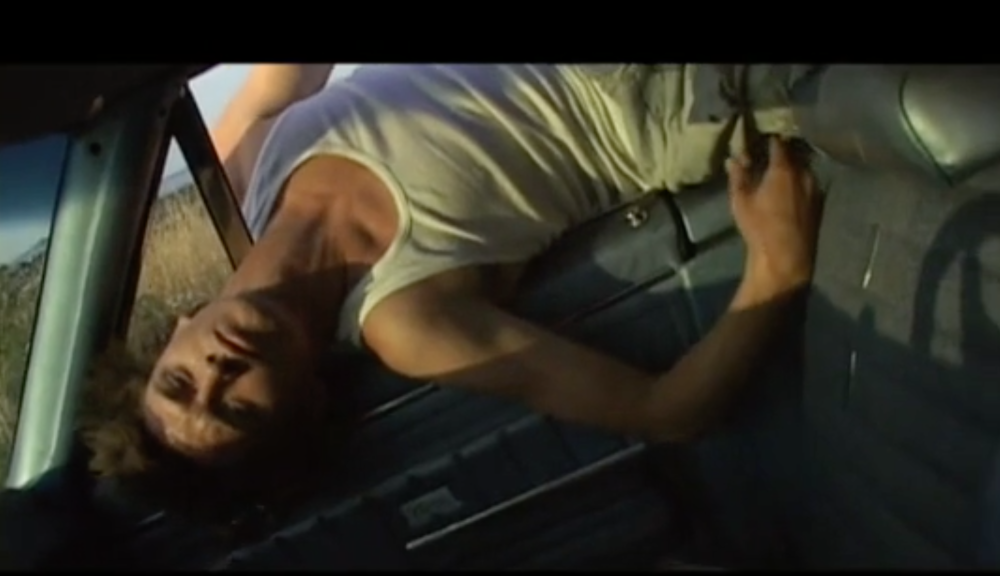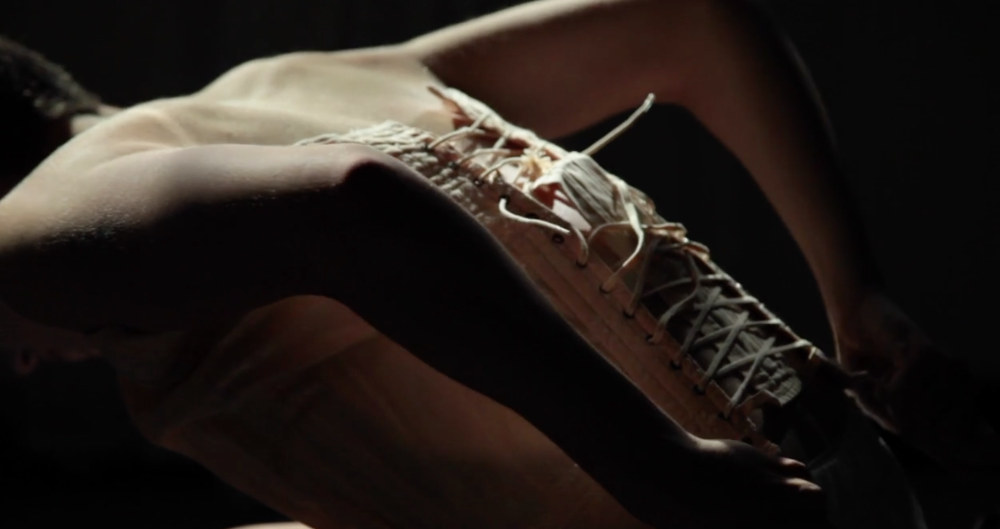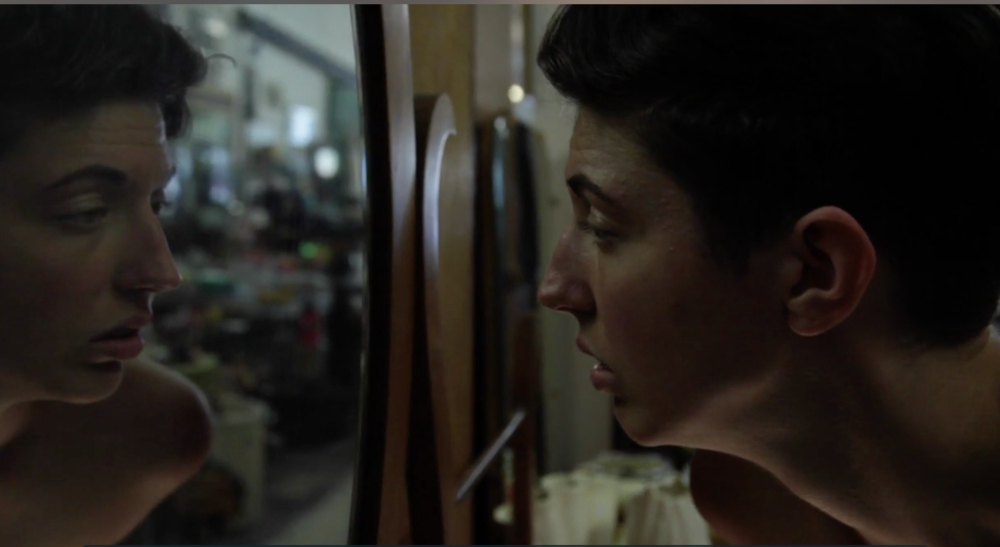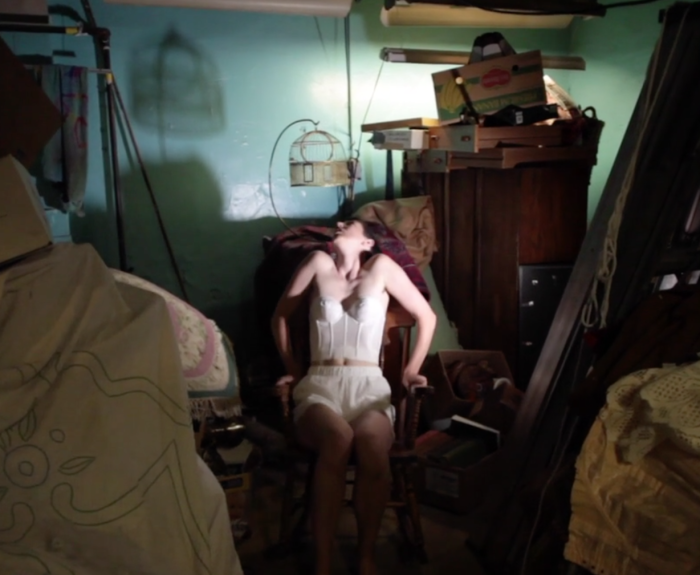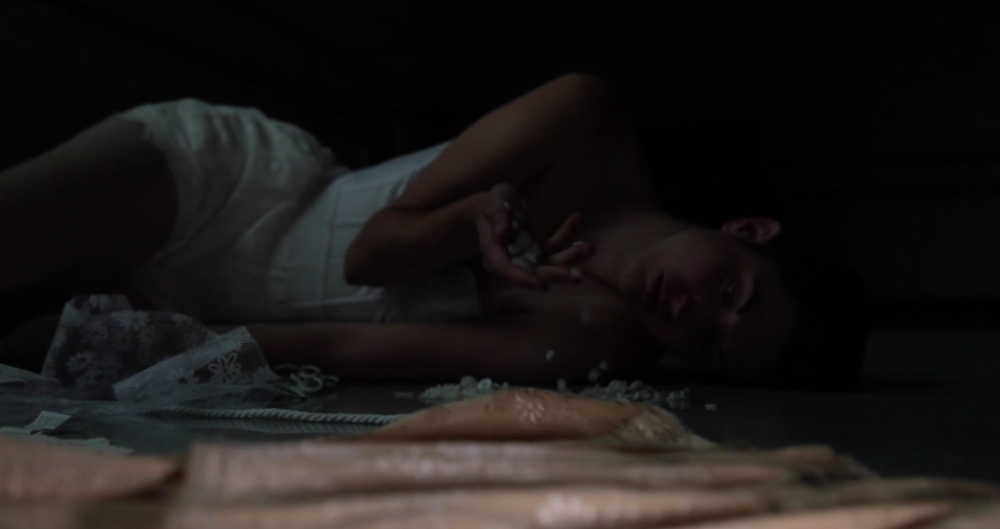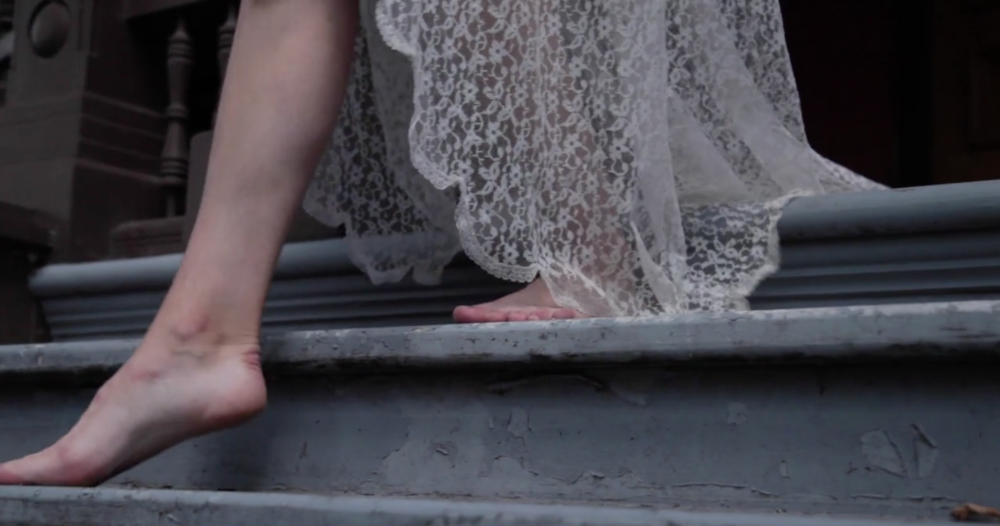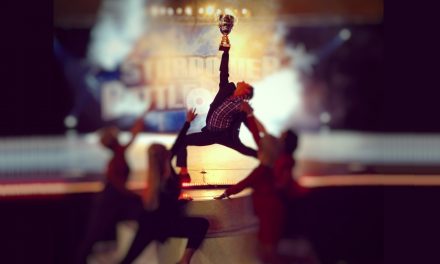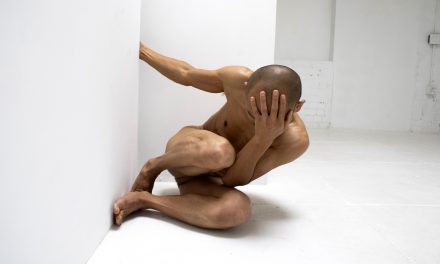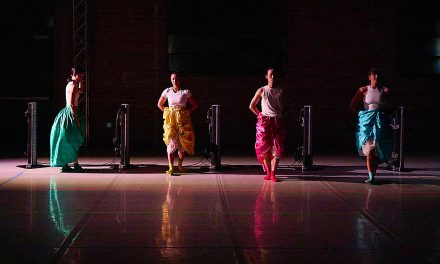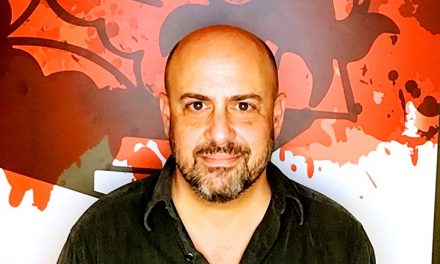For Kelly Hargraves, taking over as Executive and Artistic Director of Dance Camera West (DCW) is like rediscovering a favorite, comfortable sweater. For anyone who might not know or who may have forgotten, Hargraves co-founded Dance Camera West in 2001 with Lynette Kessler and she plans to return it to where everything began: REDCAT.
Canadian born, Hargraves has a Communications Studies degree from the University of Windsor, a Contemporary Dance degree from Concordia University, and a Masters in Dance Film from New York University. She has produced and directed several dance films, and is often an invited speaker at dance film festivals. Since moving to Los Angeles in 2000, Hargraves was a board member of the Silver Lake Film Festival and the Downtown Film Festival, and worked with film distributors including First Run Features, Film Movement, and Icarus Film. She has worked for CAP UCLA and REDCAT, where she currently the Marketing & Media Manager.
When asked what led her to NYU from Canada, Hargraves said that after earning her degree in Communications at Windsor, she focused on radio and worked as a DJ. She became company manager and then a member of the Gina Lori Riley Dance Enterprises (Windsor Ontario). Lori Riley’s work was primarily influenced by German Expressionist Mary Wigman and Hargraves said that if she had to place herself in any specific dance lineage, that would be it. While performing in works by Riley and others, she discovered that she truly loved dancing, so Hargraves quit her job and moved to Montreal to study dance at Concordia.
Concordia encouraged its students to become creators rather than performers. “If we ever did a piece,” Hargraves said, “and you could give it a French name like plié or pas de deux, you couldn’t do it because you didn’t invent it.” Her instructors felt that if students did not invent the movement, it was not truly theirs. She studied several different styles at Concordia, but there they were not given names like Cunningham, Graham, or Limón techniques.
Like much of the work in Montreal, Hargraves considered hers to be dance theater. She credits this to her training at Concordia in Montreal where students were required to take interdisciplinary courses such as the visual arts, feminist art, music, and politics. “They weren’t just training our bodies,” Hargraves said. “they were training our brains.” Equipment such as video cameras were available, so Hargraves began making dance films; her first for a feminist art class. While in Montreal she performed with a group called PoMo CoMo (Postmodern Commotion), an artist and scientist collection that toured Canada, the US and Europe, including Are Electronica.
Following graduation from Concordia, Hargraves received several grants to make other dance films and she had planned to move to British Columbia and get a job teaching. She was studying in New York when her plans changed yet again after discovering that she was pregnant with her first child. Not thinking of herself as a technical dancer, she decided to stay in New York and apply to NYU. Her now ex-husband encouraged her to skip school and go directly into making films, but Hargraves wanted to teach and knew that she needed a graduate degree. NYU did not offer a degree in dance film, so she enrolled in the Gallatin School of Individualized Study; a small interdisciplinary college within New York University.
Most of her dance classes were at NYU Tisch School of the Arts, but because they would not provide her with a teaching advisor, Hargraves took dance writing courses with Deborah Jowitt, Marcia Segal and Wendy Peron. These were three well-known dance writers whose work continues to appear in publications like The Village Voice, The New York Times, and Dance Magazine. She wanted to take film courses, but the NYU Film Department would not allow it, so Hargraves took it upon herself to get a copy of their syllabus, check out the required books from the library, and proceeded to teach herself.
Upon learning about the Dance Film Association (DFA) at Lincoln Center, she asked them if she could do her research there. As it turned out, they were looking to hire an office manager, so Hargraves applied for and got the job which allowed her to do her research and work with a now celebrated dance film festival organization. The DFA presents the series known as Dance On Camera Festival.
As office manager, “I was the first to open the envelopes containing dance films from Europe and to see those films.” She said. “It was very exciting.”
While writing her thesis during her day job, Hargraves was able to get distribution deals for dance film makers because people would walk by and ask about the beautiful films that she was watching. She helped put together two DVDs of dance films that she believes are still in university collections because they were among the very first dance films available. This was circa 1995 to 1999.
After moving to LA in 2000, Hargraves met Lynette Kessler and their common interest in dance films led to the formation of the Los Angeles dance film festival, aka Dance Camera West. Hargraves and Kessler worked together for eight years, and during that time Hargraves gave birth to her second child. She was also working at UCLA Live (now CAP UCLA), and in marketing and public relations.
What Hargraves and Kessler were doing in 2001 was bringing films from the Lincoln Center Dance Film Festival (DFA) to Los Angeles. The timing was DFA occurred in the winter and DCW during the summer. DCW was spread over four weekends and programing was based on funding. One grant involved an LA district that included Coldwater Canyon, so DCW organized a hiking trail up to Tree People, one of Hargraves favorite places. Hargraves said that because she worked in distribution, if she saw that there was a documentary opening at the Laemmle Theater, she would add it to the list of DCW showings. It was this type of connection to the film industry that allowed DCW to expand and the hikes like the one through Coldwater Canyon keep the audiences from being stuck inside a theater watching short films.
During those early years, the number of local dance filmmakers was minimal and included Victoria Marks, Sarah Elgart and Mitchell Rose. “We wanted to show people work so that they could “learn” to make work.” Hargraves said.
Of course, funding was always an issue. “The difference is that you have all these high production European and Canadian things (films) that are all [government] funded, and then you have the scrappy Los Angeles things with people taking their camcorder and running down Wilshire Boulevard kind of films.”
Hargraves left DCW in 2009, returned to filmmaking and traveled to numerous festivals around the world. Her dance film Cargo (2006) was choreographed, directed and edited by Hargraves, and is still showing.
“Because I had watched so many films and done so many workshops,” she said. “There was no way that I was going to make a bad film!” (laughter)
Hargraves quoted British dance film director, producer and creator of Dance for the Camera, Bob Lockyer as saying, “Only in dance would you show it to your boyfriend or mother and then put it out there.” He said that his organization had an entire quality control set up where a film must be shown to producers who give notes and the filmmakers go back and make edits before a film is released. Hargraves films are anything but haphazard and have been seen in the U.S., Turkey, Transylvania, Canada, Mexico and elsewhere.
After Hargraves left DCW in 2009, Kessler took the festival into a different direction. Later, Tonia Barber took over as Executive Director and LA’s Sarah Elgart joined the Board of Directors. During that time DCW began to include live dance performances and coordinated with choreographer Jacob Jonas who last year organized a dance performance at the end of the Santa Monica Pier.
I asked Hargraves what inspired her to agree to taking on the role of Executive and Artistic Director of DCW. She admitted to always missing working with DCW and added. “I always felt like I had abandoned my child.” The dance film world has grown tremendously, and she truly missed being the person who first opened those envelopes to see the films.
The first Dance Camera West festival was held at the Getty Center, and over the years, DCW has showcased the talents of such international dance luminaries as Merce Cunningham, William Forsythe, Paris Opera Ballet, Pilobolus, Marie Chounard, Akram Kahn, Jiri Kylian and Netherlands Dance Theatre, Lloyd Newson/DV8, Anne Teresa de Keersmaeker with Thierry de Mey, Wim Vandekeybus with UltimaVez, Meg Stuart with Pierre Coulibeuf, Edouard Lock/La La La Human Steps, Bill T. Jones with Paula Kaiser, as well as featuring local artists like Victoria Marks, Sarah Elgart, Oguri, Mitchell Rose, and Daniel Ezralow. The venues have included The Getty Center, Royce Hall, Fowler Museum, Hammer Museum, REDCAT, Laemmle Theater in Santa Monica and others to showcase many dance forms including, but not limited to, contemporary, modern, postmodern, world dance, tap, dance theater, ballet, and hip-hop. DCW pushed the boundaries of dance far beyond what is possible on stage because there are no physical limitations.
Hargraves continues to make films. Just recently (2016) she made what she thought was a work-in-progress, but it took off. It is now showing at women’s film and experimental film festivals, not dance film festivals. “If you know dance film or if you know me, you will see that it is made like a dancer.” She does not create a story board or write a script; she improvises. “There’s a camera and three humans.” She said. “There’s a dancer, a cameraperson, a set, a costume, and me. Whatever I see in my head, I call it out.”
For her, the choreography occurs during the editing process. Cargo takes place in and around a car, and she would love to bring it back as a live performance on stage. Having also studied theater, she understands formal structure. One can follow the narrative in Cargo. It is structured; not just a collage of movement spliced together randomly. Hargraves treats the camera and the dance as a duet; the camera moving with the performer. Anyone who has seen the video version of Trisha Brown’s Set and Reset will understand this method and how watching it makes one feel like a performer onstage with Brown’s company.
Her vision for DCW is to take it back to its pure form, with no live performances. “It’s about capturing the performance energy through the camera and putting it on screen!” Hargraves said emphatically. The festival will take place in January rather than in the summer or spring and the number of nights that the festival will run will depend on the number of films chosen.
For 2019, there will be film programs in celebration of the Merce Cunningham Centennial, a celebration that is happening nationally and internationally throughout the 2018-2019 season. Merce Cunningham, Clouds and Screens, featuring two large works made by artists associated with the choreographer’s company, along with two early videos of Cunningham’s work will be on exhibit at the Los Angeles Contemporary Museum of Art (LACMA) October 28, 2018–March 31, 2019. Hargraves will utilize the coming year to organize and locate films.
As part of a plan to serve the evolution of dance film, DCW2020 will pay screening fees to all selected filmmakers, and work toward the larger goal of implementing annual awards and commissions as well creating opportunities to make new dance film work. The first DCW festival is scheduled for early January of 2020. Like everyone connected to the LA dance scene, Hargraves feels that there are not enough people writing about the city’s booming dance scene. She will, therefore, include a dance writer’s workshop as part of the DCW festival in hopes of expanding that much needed voice.
Kelly Hargraves has put together an impressive Board of Directors for DCW that includes: George Lugg, Board Chair who was on the founding team that launched the Roy and Edna Disney/CalArts Theater and served as Associate Director of REDCAT for a decade; choreographer/writer/director/performer David Roussève; French born dance artist Cati Jean, who, among other things, is the producer, creator and director of the successful French-style cabaret L’effleur des Sens” and the conceptual artist and choreographer of the cafe theatre show Nuit Blanche; Lynn Tejada, founder of the PR firm Green Galactic; Elena Minor, the financial manager for REDCAT; and Sophie Robertson, director of a private preschool on the west side of Los Angeles. Tonia Barber and Lynette Kessler are both listed as an Emeritus Director.
Submissions for the 2020 Dance Camera West Festival opened on September 17, 2018. If interested in submitting a dance film, click here.
For more information or to contact DCW, click here.
To view one of Kelly Hargraves’ films, click here.

